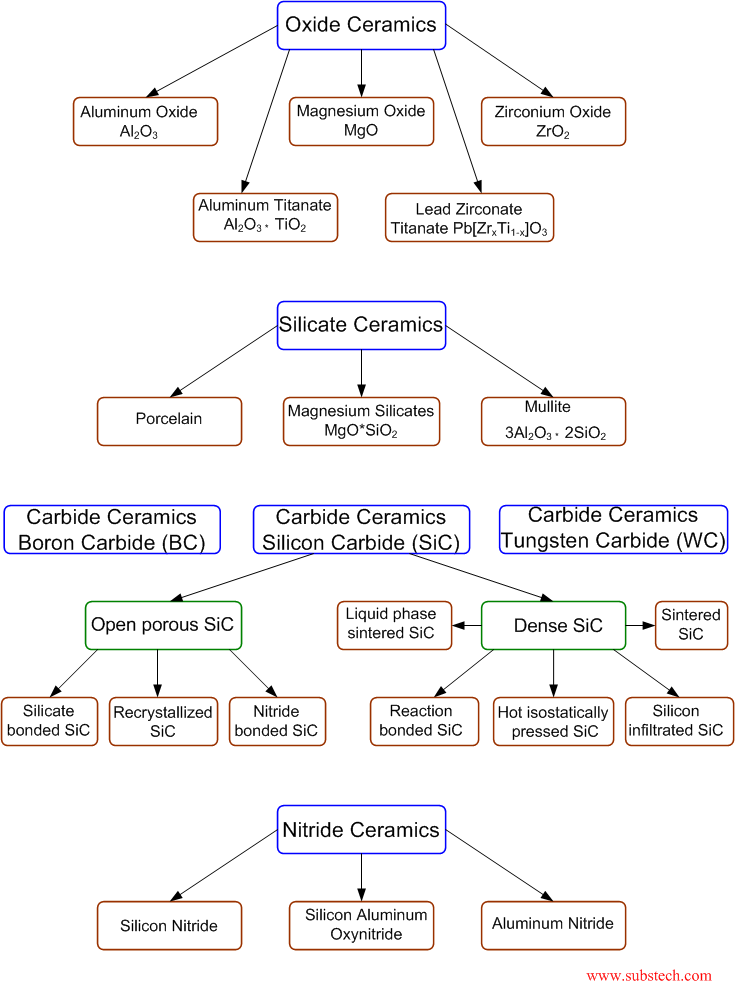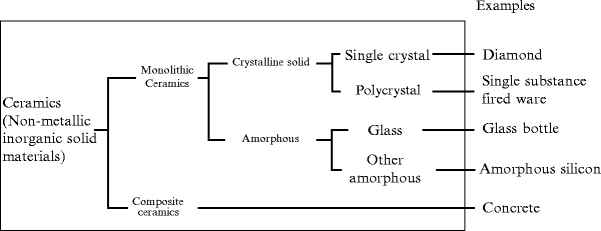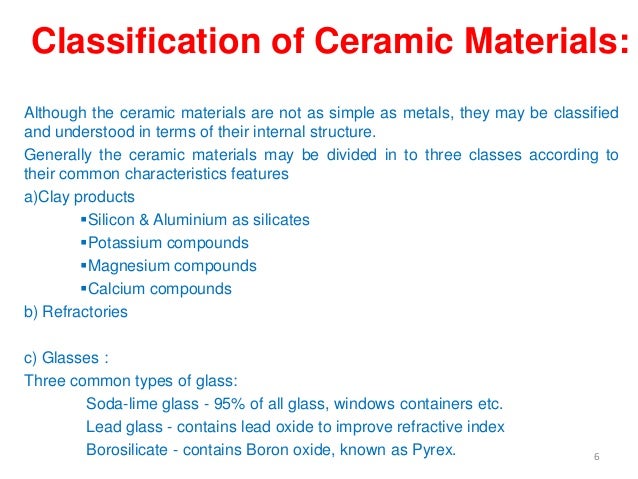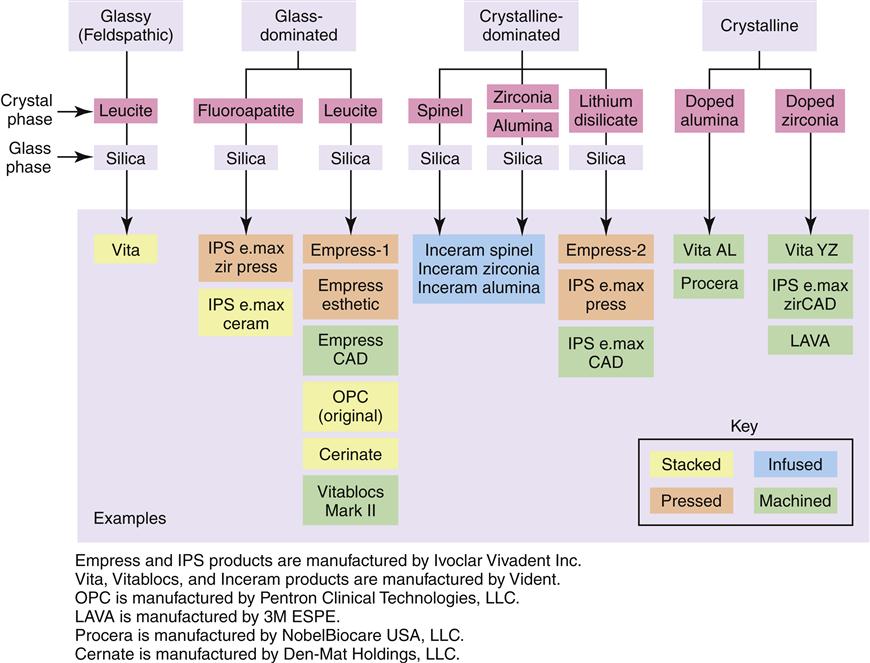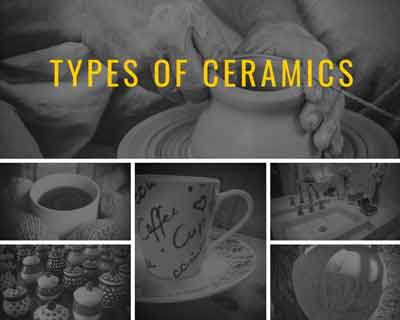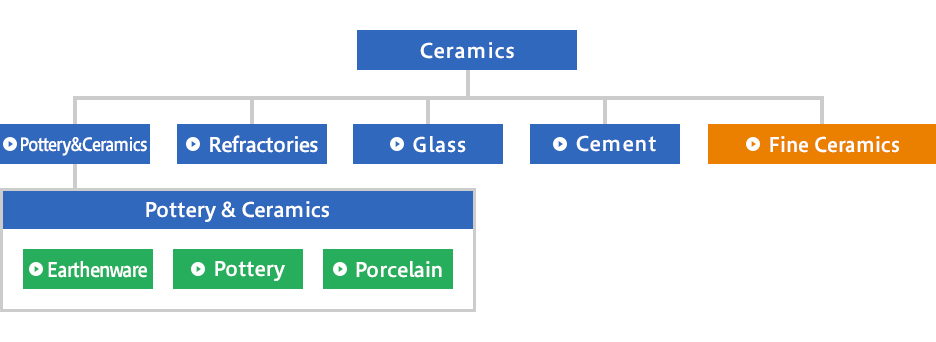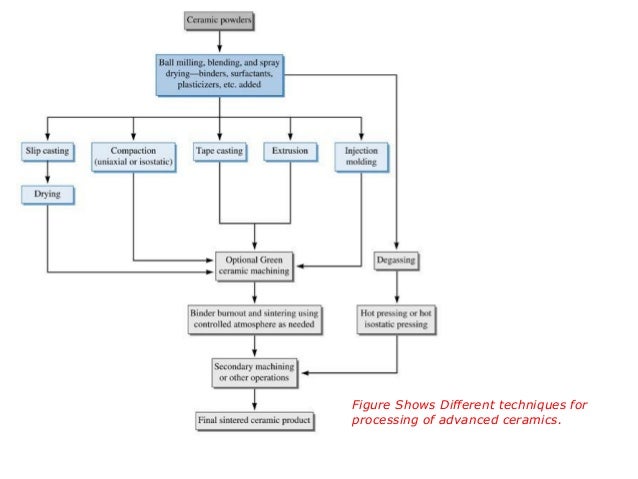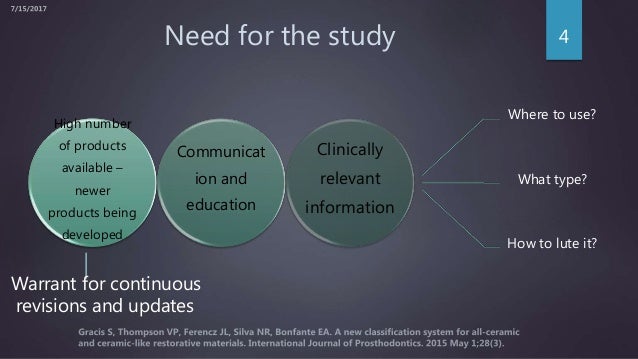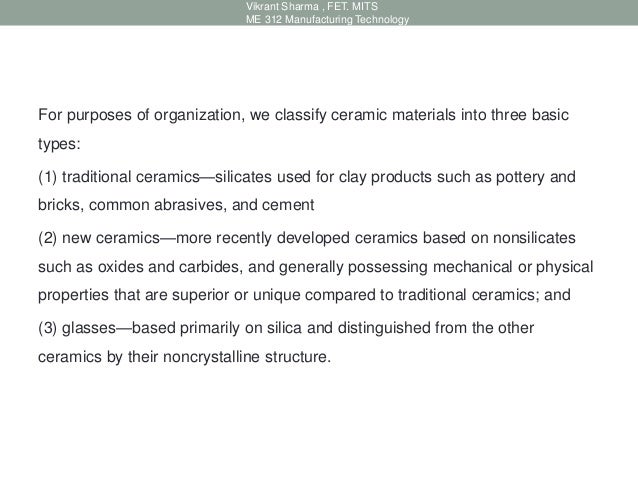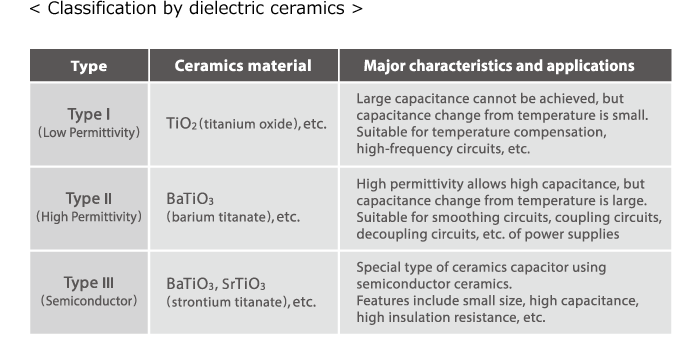Materials and ceramic engineers are those who style and design the processes wherein these products can be manufactured make new kinds of ceramic products and look for diverse applications for ceramic products in daily living.
Types and classification of ceramic products.
Refractories are inorganic nonmetallic porous and heterogeneous.
A common definition of a ceramic is a hard material that is held together with ionic and covalent bonds.
They withstand chemical erosion that occurs in other materials subjected to acidic or caustic environments.
Some elements such as carbon or silicon may be considered ceramics ceramic materials are brittle hard strong in compression and weak in shearing and tension.
According to this definition elemental carbon is a ceramic.
This type of material takes account of bricks tile toilets glass as well as plates.
Ceramics are all around us.
Ceramic products clay construction products bricks clay pipe and building tile refractory ceramics ceramics capable of high temperature applications such as furnace walls crucibles and molds cement used in concrete used for construction and roads whiteware products pottery stoneware fine china.
Silicon aluminium magnesium calcium and zirconium.
They are typically composed of oxides of the following materials.
This category of materials includes things like tile bricks plates glass and toilets.
Graphene is currently considered the strongest known material.
Ceramic and materials engineers are the people who design the processes in which these products can be made create new types of ceramic products and find different uses for ceramic products in everyday life.

